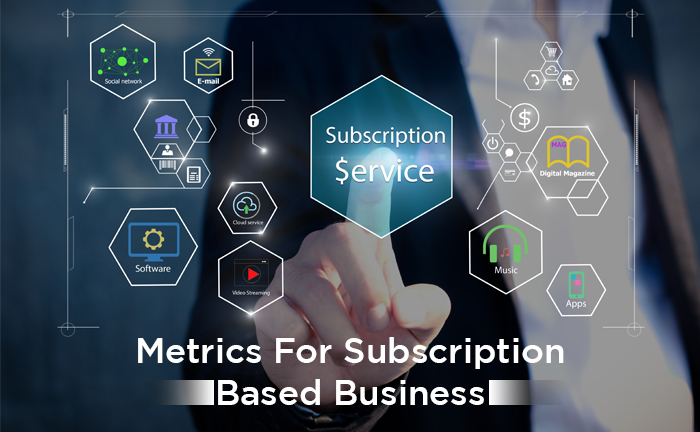
The subscription model has been seen catapulting many brands into the spotlight, and if you check your inbox you’re sure to find at least one mail from a subscription-based business vying for your attention. Subscription-based business models have jumped from the fortnightly magazines you would read, to the digital medium, and it’s succeeding better than ever before.
Subscription models rely on sign-up forms being filled online through popups on your browser, emails in your inbox, or updates on your phone.
Advantages of automating a subscription model
• End-to-end automation
The subscription model is seen as a boon as it can be automated to send prompts, take leads through a pipeline, or update customers on the latest information from your brand. With our advanced automation support, you can automate your brand’s activity according to use case and workflow rules.
With narrow segmentation, you can divide your customer base by age, qualification, gender, URL activity, and interest, etc so that your subscription updates are fresh, and personalized for every user.
• Retention and recurring purchases
Companies that rely on subscription models are 5 times more likely to get repeat purchases from return customers. Subscription emails are a great way to retain customers; provided they are well-timed with necessary updates that interest a repeat reader or customer.
• Funnel impact on conversions
Subscriptions that have a sales funnel are noted to have more conversions as the leads collected are sieved through various levels. At the bottom of the funnel interested parties can subscribe to the product. An automated funnel is affordable as well as effective when campaigning for new leads.
Automation metrics for subscription models
Track these metrics in your subscription model to reflect on your company’s performance. With these KPIs, you will have a definitive report on how your brand is performing in its subscription model. Learn to recognize success with these 7 important metrics.
1. Average revenue per user
The average revenue per user (ARPU) in an annual report of how your paying customers are performing on your website, page, or app. It’s simple enough to do. Just divide the total revenue by the total number of users you have.
2. Monthly recurring revenue
Monthly recurring revenue (MRR) is the total revenue your subscription product is earning for your company per month. To get the MRR just multiply the total number of subscribers you have with the total cost of your subscription, divided by the number of months. I.e Total number of Subscribers x Monthly cost of the subscription./ number of months.
3. Customer lifetime value
Lifetime value is the revenue that an individual customer has spent on your app at the end of their product lifecycle. You can calculate the customer lifetime value with this simple formula.
Customer value = Amount spent on subscription x number of renewals x order value.
4. Customer acquisition cost
Customer acquisition cost is the average amount that you have spent to acquire customers over a fixed period. Scaling up your business depends on the new acquisition (besides retention) of customers.
5. Churn rate
Unfortunately in the world of subscription businesses, churn rate is a fact that every company must deal with. ‘Churn’ is the number of customers a business loses based on figures at the start of each month. It’s healthy for an established business to have a churn rate of up to 20% with a retainer rate of 80%. Churn rate also includes those consumers whose subscription has expired & cancellations.
6. Annual recurring revenue
Annual recurring revenue gives you a macro forecast of the growth of your business. It is calculated by multiplying the present total number of customers with the revenue from each customer over 12 months. I.e total number of customers x ($20 x 12 months)
7. Lead velocity rate
Is your subscription campaign giving you the numbers you’re expecting from your lead acquisition budget? Watch your LVR like a hawk to get a microscopic look at how well your campaign is performing. Lead Velocity Rate can be calculated by multiplying the number of leads between months divided by the number of leads in your last quarter. Divide this figure by 100.
Let us know what business are you into and if you are looking for a way to switch to a subscription-based model by commenting below and also share your views about this read.



0 Comments